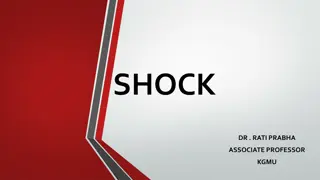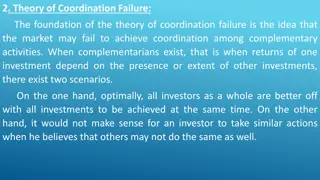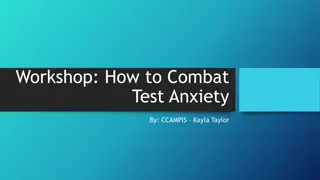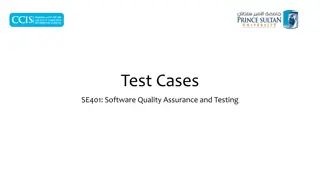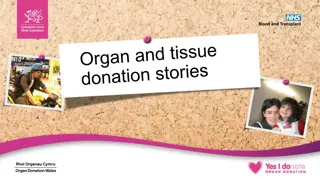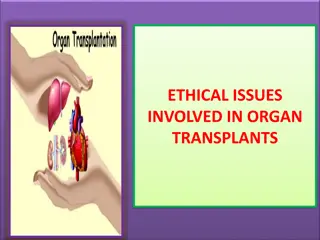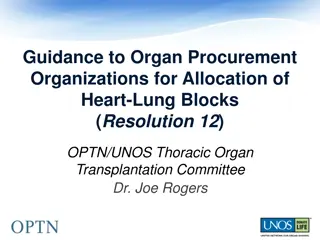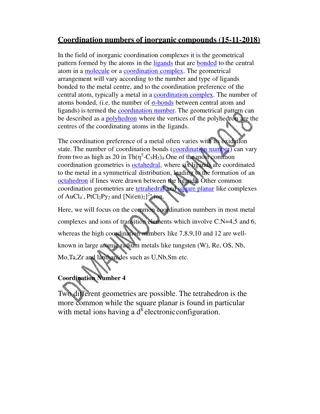
Understanding Nervous System and Organ Functions
Explore the smallest unit of the nervous system, functions of organ systems, levels of bodily organization, tissues in the nervous system, and reflex actions. Test your knowledge on coordination and control in life sciences.
Download Presentation

Please find below an Image/Link to download the presentation.
The content on the website is provided AS IS for your information and personal use only. It may not be sold, licensed, or shared on other websites without obtaining consent from the author. If you encounter any issues during the download, it is possible that the publisher has removed the file from their server.
You are allowed to download the files provided on this website for personal or commercial use, subject to the condition that they are used lawfully. All files are the property of their respective owners.
The content on the website is provided AS IS for your information and personal use only. It may not be sold, licensed, or shared on other websites without obtaining consent from the author.
E N D
Presentation Transcript
Life Science Organ Systems Coordination & Control Post-Test
The smallest structural/functional unit of the nervous system is the ______ a. Brain b. Neuron (nerve cell) c. Nerve d. Spinal cord
Below is a diagram of an organ system. What is the function of this system? a. To break down food into usable nutrients b. To bring oxygen to the bloodstream and remove carbon dioxide from the blood c. To facilitate communication between the body systems via electrical impulses d. To transport nutrients and oxygen to cells and remove carbon dioxide and other waste products from the cells via the bloodstream
The following image represents a structure at what level of bodily organization? a. Organism b. Organ system c. Tissue d. Cell
An example of a tissue in the nervous system would be a ______ a. Brain b. Neuron c. Nerve d. Spinal cord
When touching a hot stove, a persons hand jerks back before even thinking about it. Why does this happen? a. Muscle cells have the ability to sense heat and can react without nervous control b. Peripheral nerves can act without input from the central nervous system c. The brain directly tells the muscle to move in any situation d. The nerve impulse travels to the spinal cord and back as a reflex before going to the brain for conscious recognition


